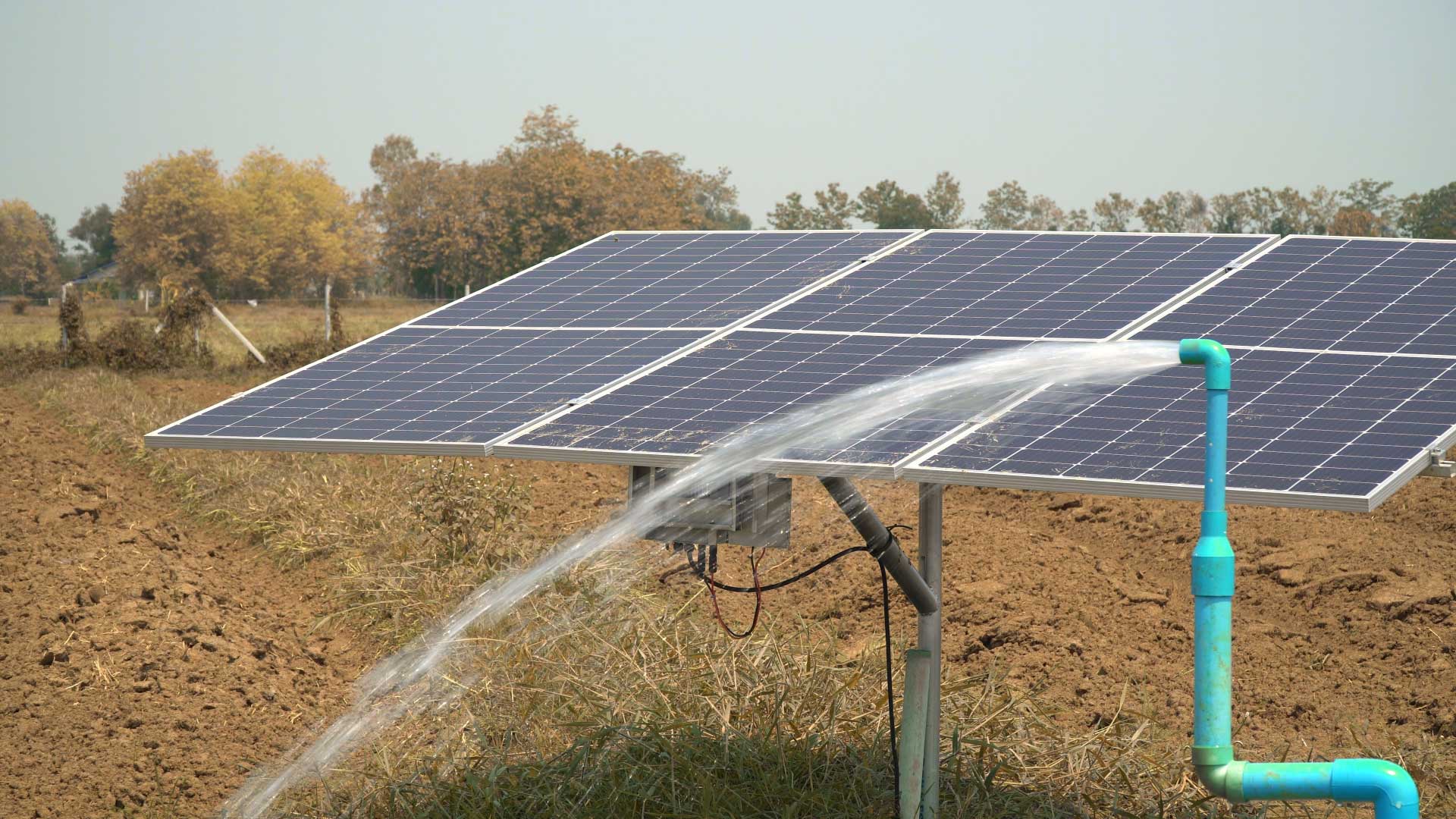Why Fencing Watercourses is Important for Farm Management
Fencing off watercourses to prevent cattle from entering is a crucial aspect of improving water quality on farms. Recognized as one of the “8-Actions for Change” within the Teagasc Better Farming for Water Campaign, this initiative requires an alternative water supply for livestock. In this article, we explore how solar-powered water pumps and nose pumps provide effective solutions and how farmers can access grant aid through the Targeted Agriculture Modernisation Scheme (TAMS III).
Preventing livestock access to watercourses can significantly reduce environmental damage. Allowing cattle to access natural water sources can lead to bed sediment deposits, elevated E. coli levels, and phosphorus accumulation. By fencing off these areas, farmers can improve water quality and reduce erosion. But alternative water sources are needed to support livestock hydration.
The Role of Solar-Powered Water Pumps and Nose Pumps
In situations where mains water or pumped systems aren’t available, solar-powered water pumps or nose pumps offer sustainable and efficient alternatives. These systems provide clean, drinkable water for livestock, while also preventing cattle from entering rivers or streams. As a result, they help maintain the health of watercourses and protect the environment.
Benefits of Solar-Powered Water Pumps and Nose Pumps for Livestock
- Clean water supply: Provides fresh drinking water for livestock.
- Environmental protection: Limits cattle access to rivers, reducing contamination risks.
- Sustainability: Solar-powered systems use renewable energy sources, making them eco-friendly.
Grant Aid for Solar-Powered Water Pumps and Nose Pumps Under TAMS III
Farmers can access grant aid for solar-powered and nose pumps under TAMS III. This funding is available through three key schemes:
- Women Farmer Capital Investment Scheme (WFCIS)
- Young Farmer Capital Investment Scheme (YFCIS)
- Animal Welfare, Nutrient Storage Scheme (AWNSS)
Reference Costs and Grant Aid Percentages
Under TAMS III, the reference cost for solar-powered water pumps is €2,470 per unit, while nose pumps are priced at €292.22 per unit. The grant aid available varies depending on the scheme:
- WFCIS and YFCIS: 60% of the reference cost
- AWNSS: 40% of the reference cost
Both solar-powered water pumps and nose pumps are considered mobile investments and do not require planning permission for installation. However, the minimum eligible investment for grant approval is €2,000 per application.
Requirements for TAMS-Approved Solar-Powered Water Pumps
Farmers interested in applying for a grant must ensure that their selected solar-powered water pump is TAMS-approved. The system should meet the following criteria:
- Must be portable and designed for use in different fields
- Should include a pump, solar panels, battery backup, float switch, and a 25-meter hose
- Troughs fed by the pump should be placed at least 20 meters from the nearest watercourse
It is also important to note that no grant aid is provided for mounting the system on a concrete base or for well-digging.
TAMS Requirements for Nose Pumps
Nose pumps, which are operated by livestock using their noses to pump water into a bowl, also have specific guidelines under TAMS III:
- The nose pump must be placed at least 20 meters from any watercourse to be eligible for grant aid.
Real-Life Example: Sean Sheridan’s Use of Solar-Powered Water Pumps
Sean Sheridan, a drystock farmer from Moynalty, adopted solar-powered water pumps after consulting with his ASSAP advisor. During an assessment of his farm, they identified that cattle were contaminating the river running through his land. Sean installed solar-powered water pumps, which provided clean water for his cattle and kept them out of the river, improving both livestock welfare and water quality.
Conclusion: Solar-Powered and Nose Pumps for Sustainable Farming
Incorporating solar-powered water pumps and nose pumps into farm management not only supports livestock health but also protects watercourses from contamination. With grant aid available through TAMS III, farmers have a financially accessible option to adopt these environmentally friendly systems. By taking steps to limit cattle access to watercourses, farmers can significantly reduce their environmental footprint while maintaining efficient water supply systems for their herds.
